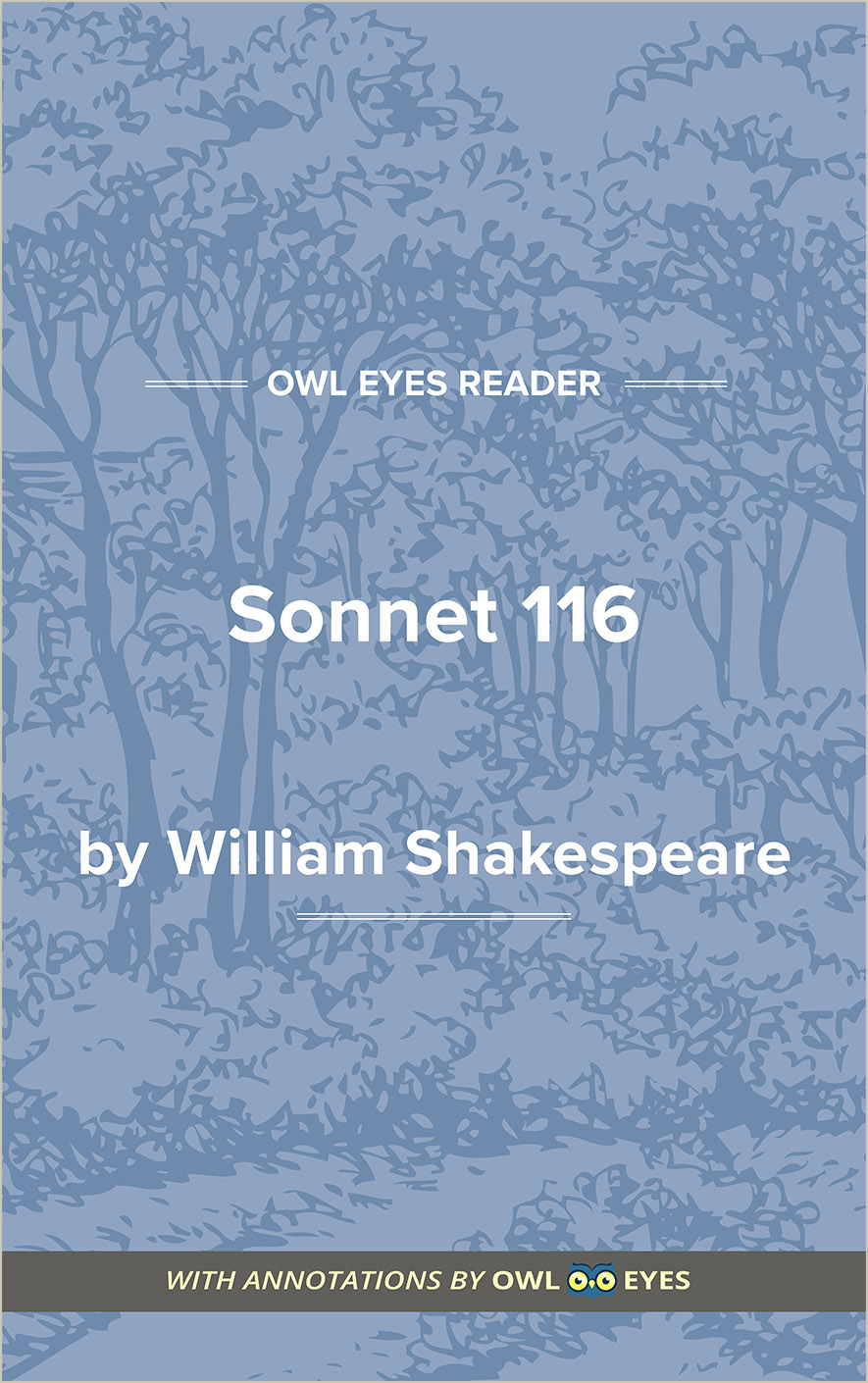Analysis Pages
Metaphor in Sonnet 116
Metaphor Examples in Sonnet 116:
Sonnet 116
🔒"bends with the remover..." See in text (Sonnet 116)
" rosy lips and cheeks ..." See in text (Sonnet 116)
"osy lips and cheeks ..." See in text (Sonnet 116)
"worth's unknown,..." See in text (Sonnet 116)
"height be taken...." See in text (Sonnet 116)
"wand'ring bark,..." See in text (Sonnet 116)

